)
Creating an easy to use Design Language System
We supported a company operating in the hospitality field to secure consistency on both visual and interactive languages among their multiple digital tools for restaurant owners, through creation of an ad-hoc design language system for them.
With this, the client was finally able to consult, use and evolve a company-shared single source of truth, containing a complete set of standards and tools intended to manage design at scale with reusable components and patterns.
#Analysis and Assessment
#Design Language System
#Interaction Design
#Visual Design
our goal
Designing a Design Language System as a tool to manage design at scale
,allowExpansion)
Our method
Establishing
principles
Initially, we assessed the current state of our client’s products and we mapped common patterns and shared pieces of experience. Thanks to these insights plus field and desk research, we identified that our Design Language System should be:
Contextual - taking into account the different modes of use and providing suitable components for each;
Guiding - making the experience immediate and easy to understand;
Forgiving - supporting users in their daily activities and preventing mistakes.
,allowExpansion)
,allowExpansion)
,allowExpansion)
Design language system key advantages
With our efforts we successfully achieved the key advantages of Design Language Systems:
UX/UI consistency across products benefitting customers, end-users and product teams
Fast and scalable design and development work thanks to the use of pre-made templates, components and elements;
Easier onboarding of new team members through creating shared standards;
Allowing diversion of focus onto bigger, more complex challenges.
Contexts of use
Restaurant owners and staff need to accomplish various tasks using of a number of digital and analogic assets, in diverse physical contexts. The Design Language System provides variations for the critical components based on three main contexts of use:
Onboarding & set-up - users want to complete set-ups as quickly and as accurately as possible and easily edit key settings;
Work - users want to get real-time updates, complete tasks as soon as possible and avoid or quickly correct mistakes;
Monitoring & Analysis - provide an overview of how the business is going and drill-down into specific KPIs.
)
Spark Reply was founded in 2016, with the aim of turning innovative ideas into viable businesses through superior experiences and game-changing technologies. Spark Reply is the partner to transforms existing businesses and setting off on new ventures, with people at the core of every project.
)
,allowExpansion;Resize,width=660)
,allowExpansion;Resize,width=660)

,allowExpansion;Resize,width=660)
,allowExpansion;Resize,width=660)